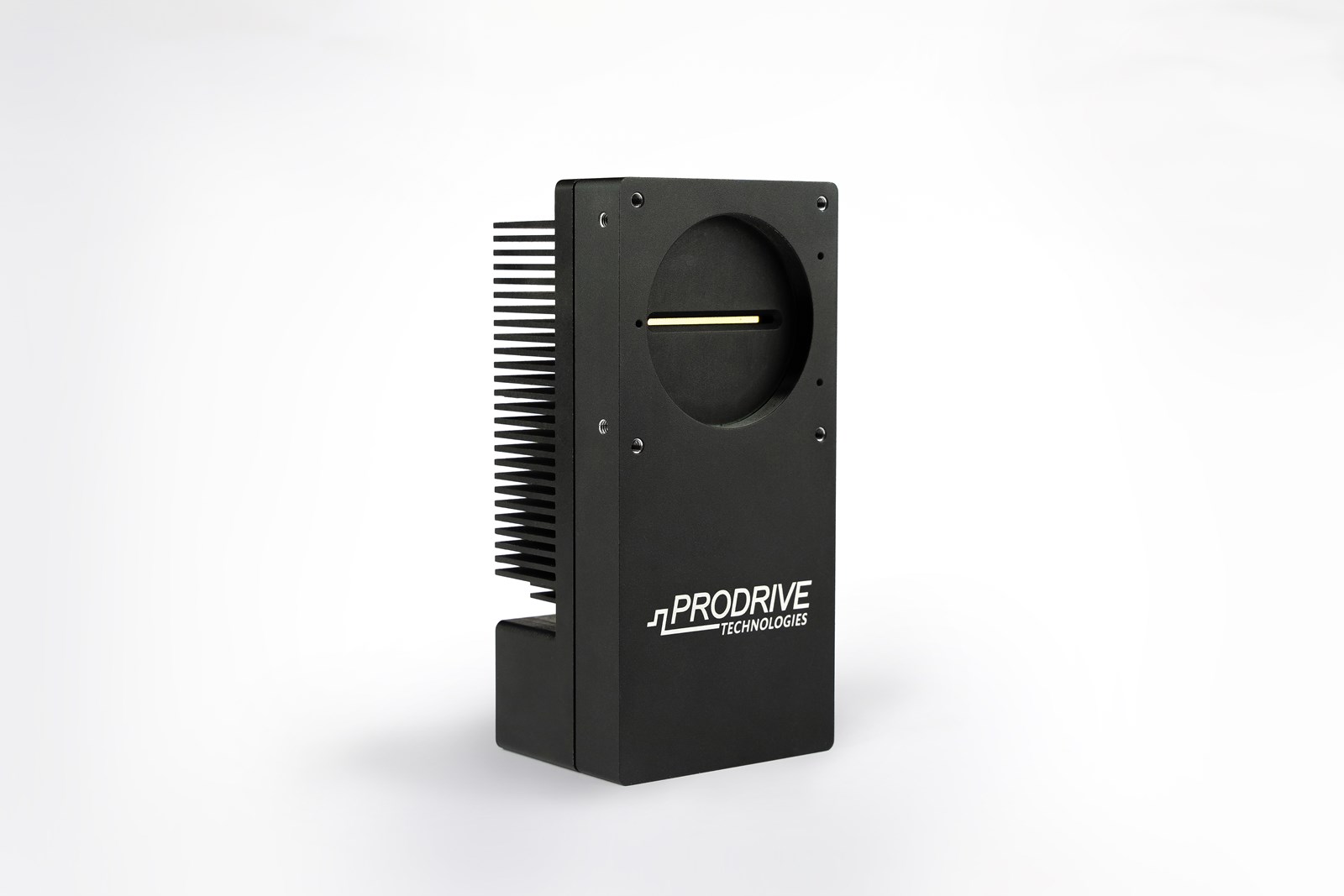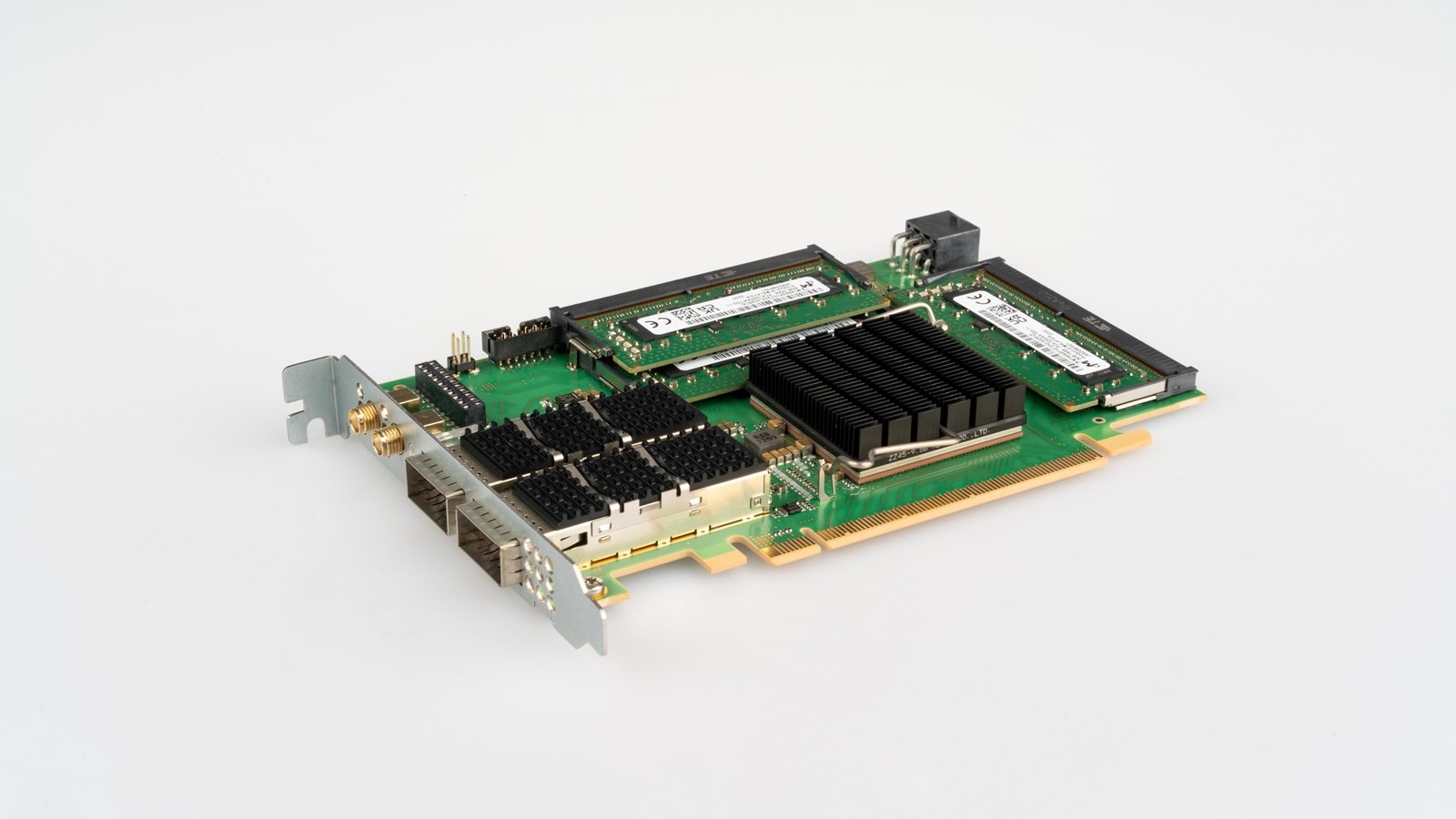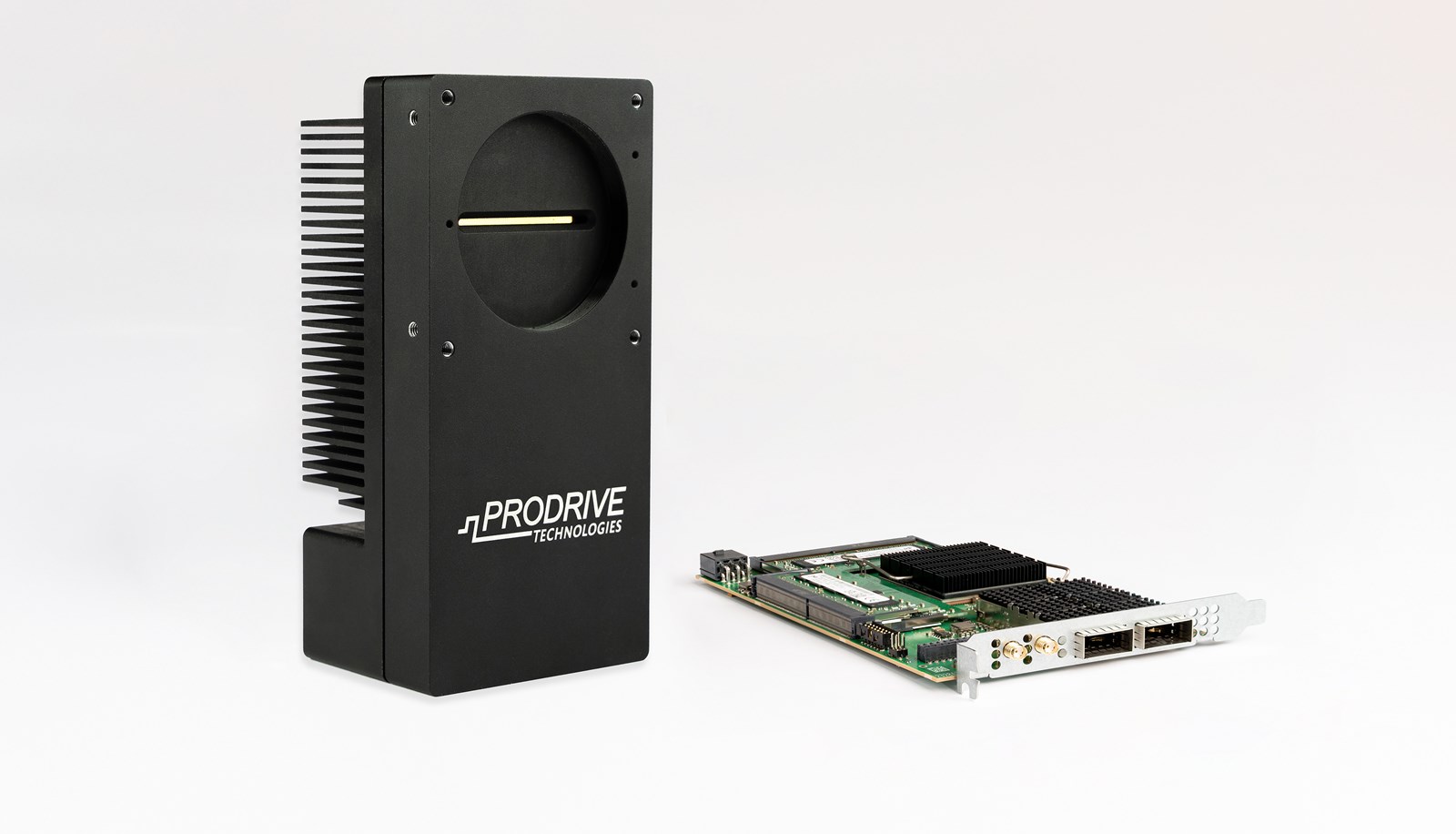Experience the highest throughput and unprecedented image quality with our Sonic 1MHZ TDI line scan camera, designed for high-end optical inspection applications.
The Sonic camera redefines TDI imaging by delivering speeds of up to 1MHz with resolutions ranging from 8k to 16k pixels. Its BSI sensor technology, featuring 256 TDI stages, allows for faster image acquisition even in challenging light conditions.
A special DUV version is available, offering enhanced sensitivity at 200nm and 266nm while maintaining peak sensitivity in the visible spectrum.
The optical CL High-Speed interface ensures reliable data transmission over long distances through thin optical fibers. When paired with the Apollo series frame grabber, the Sonic camera provides an end-to-end solution for optical inspection.
Talk to our expert to see how our Sonic line-scan camera can help you achieve high performance and precision for your specific high-end optical inspection needs.
Contact Us1.000.000 lines/sec TDI
High sensitivity in the VIS and DUV spectrum
Dedicated frame grabber included
Support for water cooling
Specifications
| Model | Sonic-9KDUV | Sonic-8K500 | Sonic-8K1.000 | Sonic-16K500 |
| Resolution | 9,056 | 8,205 | 8,205 | 16,384 |
| Pixel size | 5 x 5 µm | 5 x 5 µm | 5 x 5 µm | 5 x 5 µm |
| TDI stages | 256 | |||
| QE |
>50% @ 266nm >70% in VIS |
>75% (550nm) | >75% (550nm) | >75% (550nm) |
| Max. Line rate | 608kHz/10 bits | 500kHz/12 bits | 1.000kHz/10 bits | 500kHz/12 bits |
| Interface | CLHS - Optical | |||
| Bi-directional read-out | Yes | |||
| Dynamic range | 68.7dB | >65dB | >65dB | >65dB |
| Pixel depth | 10 or 12 bits | |||
| Triggering | 1x HW Trigger; 8x SW Trigger | |||
| Lens-mount | M58 | M90 | ||
| Dimension [mm] | 76 x 160 x 58.5 | 97 x 160 x 58.5 | ||
| Supply Voltage [Vdc] | 12 – 24 | |||
| Power (Typ.) [W] | 20 | 25 | 25 | 40 |
| Cooling | Air or Water | |||
A powerful feature set
The Sonic camera offers various resolutions from 8K to 16K and a powerful feature set including:
- Up to 1MHz line rate for high throughput applications
- Bidirectional scanning supported
- Flexible number of TDI stages
- BSI sensor with 256 stages to guarantee a high sensitivity
- DUV enhanced sensitivity at 266nm
- High FWC with low noise for a high dynamic range
- Gamma correction LUT
- Storage of multiple FFC datasets
- Water cooling support
- End-to-end solution including frame grabber
- Dedicated servers available with CPU & GPU support
Typical applications
The phenomenal speed and high sensitivity make the Sonic camera ideal for high-end applications.
DNA sequencing

Flat panel display inspection

PCB inspection

Digital pathology

Wafer metrology

Boost your measurement performance
Tailored for high throughput inspection and metrology applications, the Sonic line scan camera features an optical CLHS interface. This interface not only ensures reliable data transmission over long distances but also supports the use of fiber optic cables. Moreover, the lightweight and flexible nature of these optical cables minimizes mechanical load and vibrations, providing stability during camera movement for inspection tasks.
To complement the capabilities of the Sonic camera, we introduce the Apollo frame grabber—a high-performance PCIe GEN3 acquisition card, designed specifically to support the high-speed image acquisition from our CLHS cameras. Equipped with two bidirectional QSFP28 modules, the Apollo card enables multi-lane optical transceivers, maximizing data transfer rates. The onboard Xilinx Ultrascale FPGA further enhances performance by offloading computationally intensive algorithms from the host computer system, while the 16GB ECC memory ensures reliable frame capture without compromising data integrity.
By integrating the Sonic camera with the Apollo frame grabber and Prodrive Technologies’ compute platform, we offer an end-to-end solution that empowers high-end optical inspection tools. Experience the synergy of cutting-edge technology and seamless integration for unparalleled performance in your inspection and metrology workflows.
Seamless setup with our software
FocalPoint is an image acquisition and control software development toolkit designed for the Apollo series frame grabbers and their corresponding cameras. It provides a visually intuitive interface, allowing users to configure the frame grabber and connected cameras while facilitating smooth acquisition with live image previews.
This toolkit allows users to effortlessly configure the frame grabber and connected cameras while facilitating seamless acquisition with live image previews.
Complementing this toolkit is FocalPointSDK, an open-source library tailored for GenTL consumer applications. With a C++ abstraction layer over the GenTL C interface, it streamlines resource management and simplifies the image acquisition process. Key highlights of FocalPointSDK include loading GenTL CTI files, enumerating interfaces and devices, parsing GenAPI register description files, and accessing GenAPI features.



